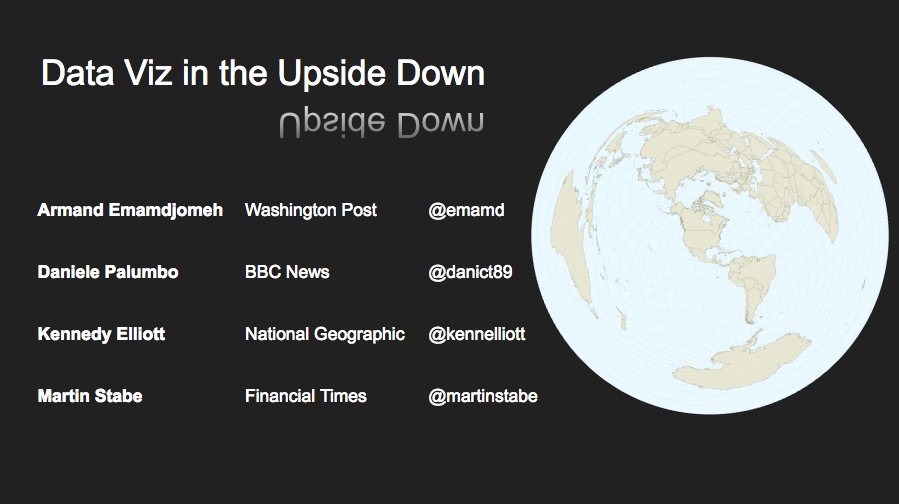Read about what I’ve been up to at work!
Rammellzee and Enfys Nest: The Gothic Futurism of Star Wars
I saw Solo: A Star Wars Story (NOTE: one plot spoiler below) the first weekend it opened with a friend, Rich Seymour. Leaving the theater, Rich mentioned how the costume for Enfys Nest resembled work by the late artist Ramellezee.
We both checked our phones to see if anyone else made the connection. It seems only one other person had — a user named OutlawVern:
Left: Enfys Nest from SOLO
Right: Avant-garde rapper and graffiti artist Rammellzee pic.twitter.com/s7JHo48mAL— Vᴇʀɴ (@outlawvern) May 25, 2018
Continue reading Rammellzee and Enfys Nest: The Gothic Futurism of Star Wars
SRCCON 2018 session pitch: New templates for presenting information
Here’s my pitch for this June’s SRCCON conference:
Dumplings, defamiliarization and how to create new templates for presenting information
Taeyoon Choi cooks dumplings to demonstrate how a CPU works. To teach creative applications of technology, he takes a fun and tactile approach in explaining a complex subject. We also aim to explain complicated topics in news, but constraints of time, money and staffing can make that difficult. Instead we often use formats like graphic templates or explainer stories. But what we if we created new templates that didn’t just simplify our subject matter, but made it engaging in a way that spurs exploration and understanding?
We’ll share examples like the CPU dumplings and ideas from art history like defamiliarization. Then we’ll break into groups to devise and compile new approaches to presenting information inspired by the discussion.
Initial inspiration came at NICAR18 in Chicago during a conversation with Allison McCartney (stay tuned for a future pitch we’re planning). A day before we chatted, I attended session on Data Viz in the Upside, which made me think of how the concept of defamiliarization could inform how journalists present information. Here are the slides from that session:
Additional inspiration for the SRCCON pitch came from this video:
Coincidentally, a few weeks after watching the dumpling video, I happened to watch a talk by John Maeda. A couple minutes in, he shows a clip from the 90s of a similar live-action explanation of how a computer works:
Overall, my favorite line was:
“You know, when people say, ‘I don’t get art. I don’t get it at all.’ That means art is working, you know?”
In news, of course, we want to help people “get it.” So, if the session is picked, we’ll try and adapt some techniques from art to improve understanding of the world.
I’m running for re-election to the ONA board of directors
Update: I’m thrilled to announce that I’ve been re-elected to the ONA board!
Whoa! It’s hard to believe that it’s been another two awesome years on the ONA board of directors. I’m running for my third term with a fantastically talented and impressive group of candidates.
Generally, the number of members who cast a ballot is a very small, so please be sure to vote and encourage others to do the same.
Below are my candidate materials (originally published here), including my vision to continue serving the organization. If you have any questions or wish to share your thoughts on how the organization can better serve its members, please let me know.
Continue reading I’m running for re-election to the ONA board of directors
Datawrapper step-by-step installation guide for Ubuntu on AWS
In my role as a data developer, I’ve recently been setting up a company-wide installation of Datawrapper, an open-source data visualization tool. Preparing a test server with the application, I hit some (ok, more than some) bumps along the way. It ended up taking far longer than I initially expected, but thankfully I extensively documented the process.
When I went to install Datawrapper on a production server, the setup was a breeze.
In the spirit of open-source (and in solidarity with improving the open-source world), below is an embedded gist of steps to get your own Datawrapper running — and avoiding common problems.
Let me know if you have any questions or suggestion on how to improve it! Now to see if the Datawrapper folks will release more of their plugins…
:)
Continue reading Datawrapper step-by-step installation guide for Ubuntu on AWS